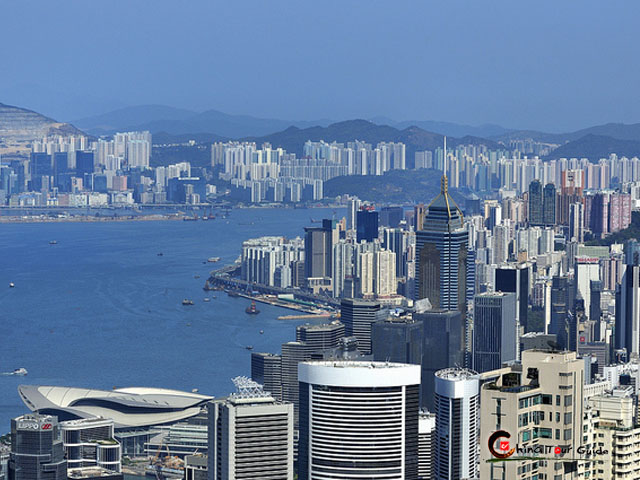
Yangshuo Town Sunset, Guilin City
As one of China’s most picturesque cities, Guilin is located in the northeast of the Guangxi Zhuang Autonomous Region.
Guilin Features for its stunning karst topography with Rivers and Moutains. You could take a bicycle to most of two-hundred-metre-high rocky hills and parks in Guilin or take Li River Cruises to Yangshuo town. The city is an attractive place to spend a day while organizing a cruise downstream, with plenty of well-designed landscaping, shady avenues and rocky parkland.
Main Attractions
Natural: Li River, Elephant Trunk Hill, Reed Flute Cave, Longji Terraced Fields, Xingping Ancient Town, Solitary Beauty Peak, Yulong River in Yangshuo, Moon Hill, Yao Mountain, Gudong Waterfall, Bajiaozhai Geography Park, Two Rivers and Four Lakes Water System
Adventure: Li River Hiking, Rafting Yangshuo’s Yulong River, Longmen Water Cave
Ancient: Ling Canal, ethnic villages in Longsheng, Qin Family’s Courtyard, Huangyao Ancient Town, Jiangtou Village of Jiuwu Town, Daxu Ancient Town, The Mausoleum of Jing Jiang Prince, Sanjiang Wind and Rain Bridge
Amusement: Merryland Theme Park, Yuzi Paradise, Seven Star Park and Zoo
History
A city region renowned for its scenic beauty in China
314 BC A small village existed at the site
214 BC The Ling Canal linked the Yangtze River and the Li River and Pearl River
507 AD The town was named Guizhou
1921 Became a base for the Northern Expeditionary Army
1981 Chosen by the government to be one of four especially protected cities
Geography
Significance of city: a favorite area for Chinese and foreign tourists
Municipality terrain: eroded limestone hills, the Li River and many streams and canals
Nearby cities: Liuzhou (152 km/95 mi), Nanning (388 km/ 241 mi), Beihai (600 km/373 mi)
Average altitude: 153 (502 feet)
Main rivers: Li River
Location Information
Municipality location: 24.20N to 26.07N, 109.61E to 111.24E; South China
Municipality Population: 5,000,000
Municipality Area: 27,809 sq km (10,737 sq mi)
Core districts and inner suburbs area: 1,000 sq km (386 sq mi)
City proper population: 1,340,000
City proper population density: 1,340/sq km (3,471/sq mi)
North to south distance (including suburbs): 28 km (17 mi)
East to west distance (including suburbs): 35 km (22 mi)
City center: Central Square (25.275 N, 110.296 E)
Average high temperature in August: 32.8 °C (91 °F)
Average low temperature in January: -5.4 °C (41.7 °F)
The weather is humid subtropical with monsoons; annual precipitation: 1901.3 mm (74.9 in).
Economy
Average annual income: 19,435 RMB (2,858 USD)
Development: developing; the city is open for foreign tourists and is famous for its scenery
Industry: 37.2 tertiary industry (tourism, service), 39% secondary (industry, construction), 18.9% primary (agriculture)
Business area: corner of Zhongshan Zhong Road and Jiefang Road (25.27N, 110.29E)
Shopping Streets: Zhongshan Zhong Road
(Photo By Chad Galloway Photogranphy)




































